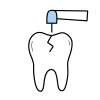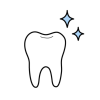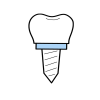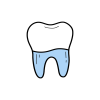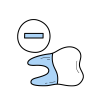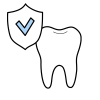Restorative Dentistry
Composite Restorations
Composite Restorations – Also known as tooth-colored fillings, resin composite restorations are used to fill decayed tooth surfaces after cleaning out the cavities. Composites can also be used to fill any eroded or worn tooth surfaces.
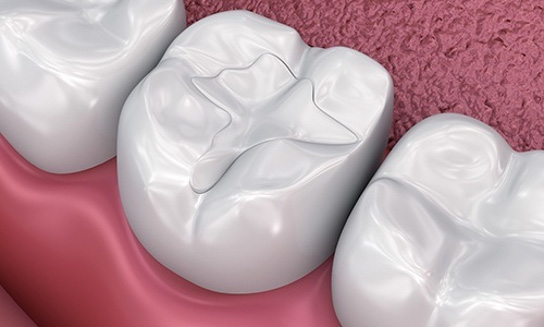
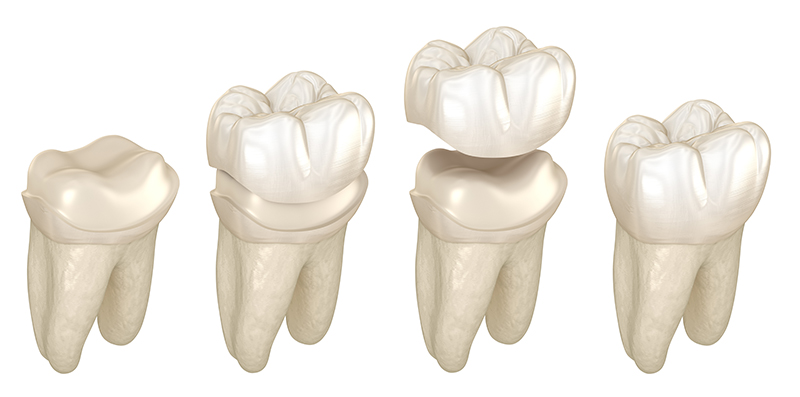
Crowns
When a tooth becomes heavily decayed, damaged or cracked, a filling will no longer suffice to keep the tooth alive. To prevent it from further damage and to prolong its life, a partial or a full coverage crown is placed over the affected tooth. Crowns are made of variety of materials such as porcelain, zirconia, gold, or other metals. Upon initial examination, your doctor will determine the material best suited for your crown.
Bridges
A dental bridge is composed of multiple crowns fused together to fill the space caused by a missing tooth or teeth. A false tooth (a pontic) is held in place by being attached to the crowns on each side, bridging the gap between the two or more anchor teeth. The bridge preserves the integrity of your existing teeth by preventing the shifting of teeth and jaw issues.
Crowns and bridges ensure that your smile remains healthy and attractive. While they are made to look like real teeth, they can be more easily damaged than a natural tooth. To extend the life of any restorations in your mouth, it is crucial to thoroughly clean them of plaque and food debris and to avoid grinding, clenching, and biting something too hard or too crunchy. Proper oral hygiene, including daily brushing and flossing, is a must in maintaining healthy teeth, gums, and restorations.
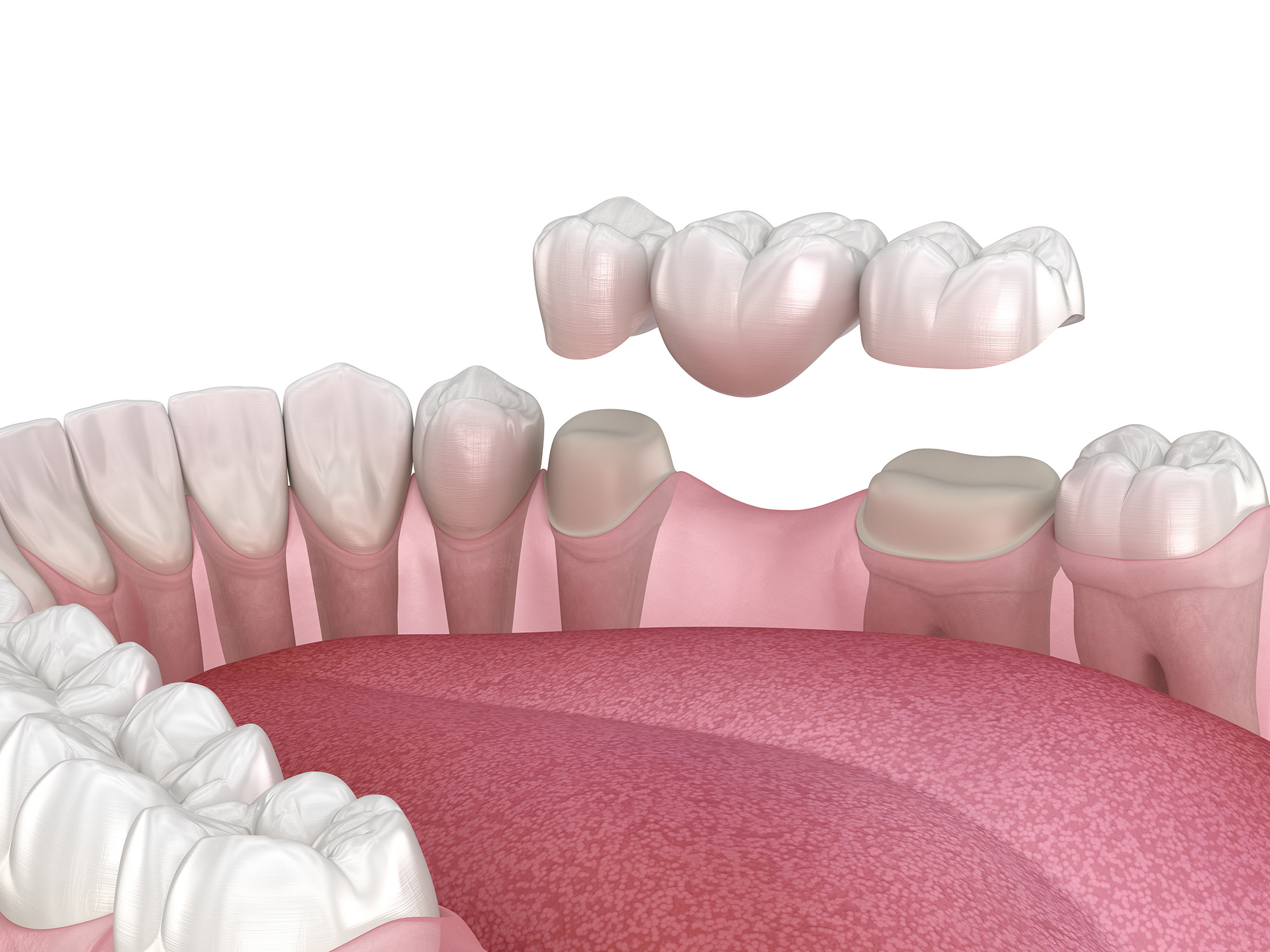
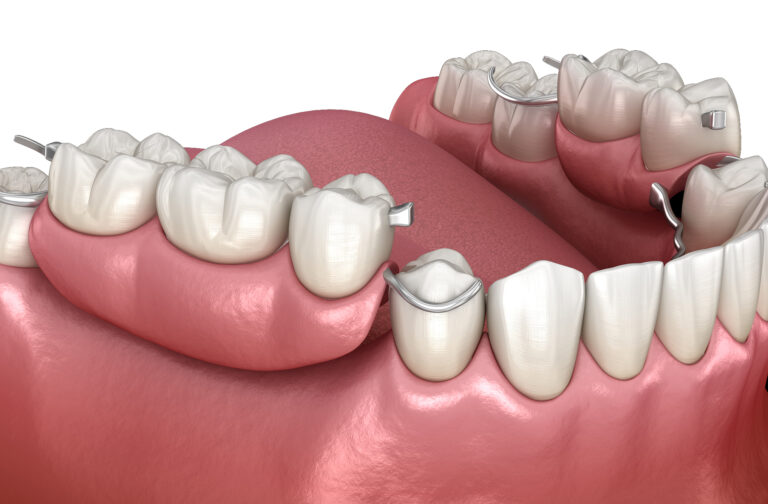
Denture
When many of your teeth are compromised from acute or chronic infections, saving your teeth may no longer be an option. This condition is usually caused by an advanced periodontal disease. Periodontal disease causes bone resorption in your jaws, and the foundation for your teeth may become compromised. If a periodontal disease is not properly managed in a timely manner, the result can be a complete loss of teeth. If you are not an ideal candidate for dental implants, removing your teeth and replacing them with a denture may be the best way to eliminate the infection and restore the health of your mouth.
A partial denture is a removable dental appliance that replaces multiple missing teeth. It can be attached to the teeth with clasps or it can be attached to the teeth with crowns with precision attachments (hidden clasps).
A full or complete denture replaces all of the missing teeth in the upper and lower jaws. An immediate denture is needed right after multiple extractions, and it will serve as a healing denture while the extraction sites heal properly. A new permanent denture may be necessary after 6 months to 1 year of wearing an immediate denture to achieve improved retention and function.
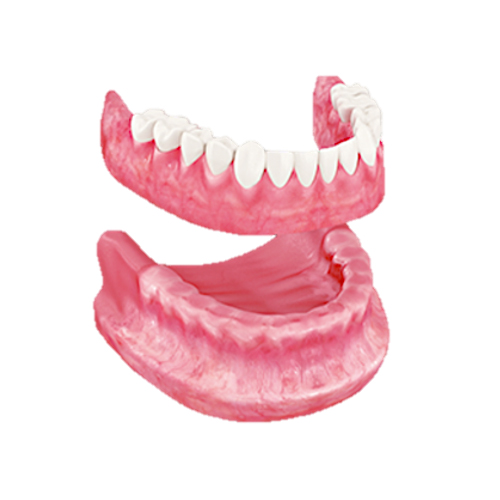
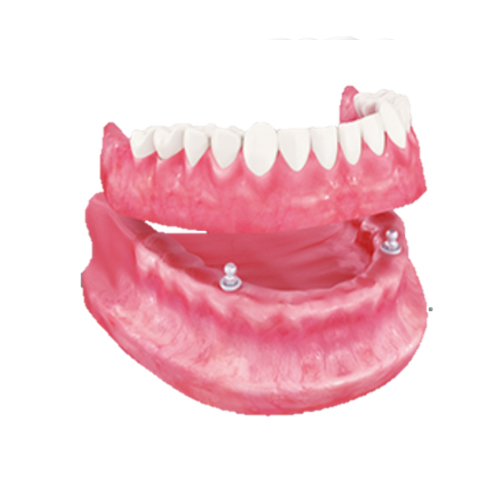
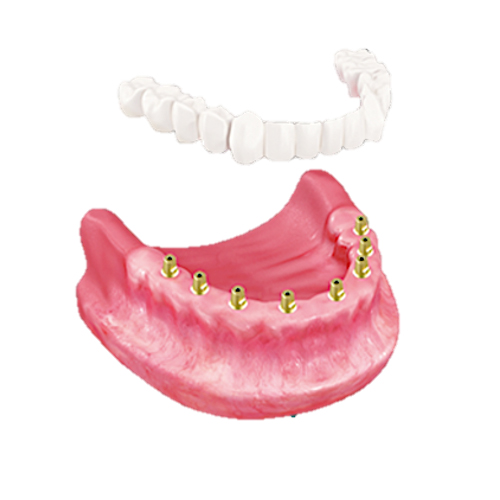
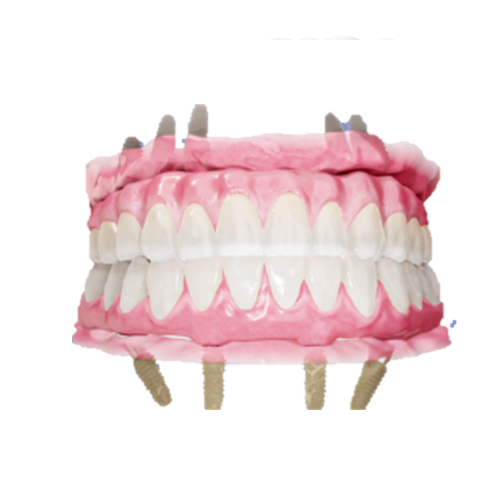
An implant overdenture is a denture that has some sort of direct connection to dental implants. The connection helps secure the full denture into place, while overcoming the instability and lack of retention of a common complete denture. This is an ideal treatment option for an individual who requires a full denture, but desires to achieve greatly improved chewing function and retention of the dentures.
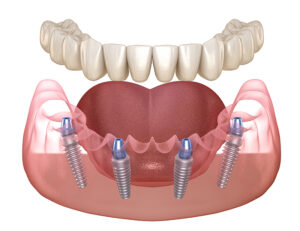
Ready to take the next step toward a healthier, more confident smile?
Fill out our request form below, and one of our friendly team members will reach out to schedule your personalized consultation.
Let’s start your journey to the smile you’ve always wanted!
OUR OFFICE
- 300 S Highland Springs Ave Suite 2L Banning, CA 92220
- 951-769-7158
- 951-769-7160
- [email protected]
HOURS
- MONDAY - THURSDAY
- 8:00 AM - 5:00 PM
- FRIDAY
- By Appointment Only

